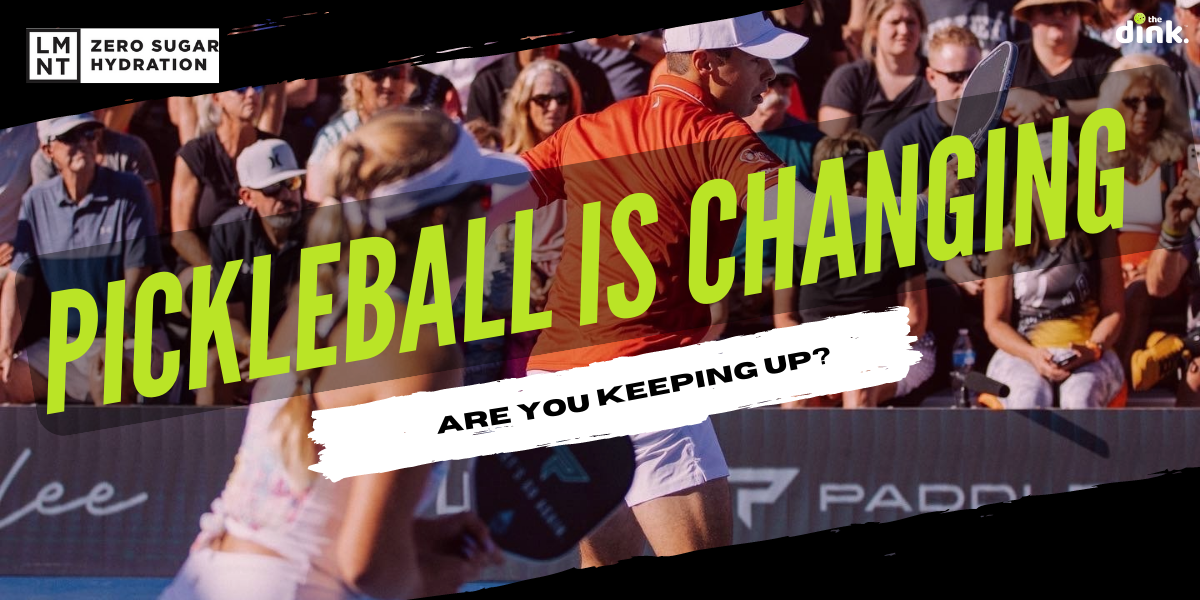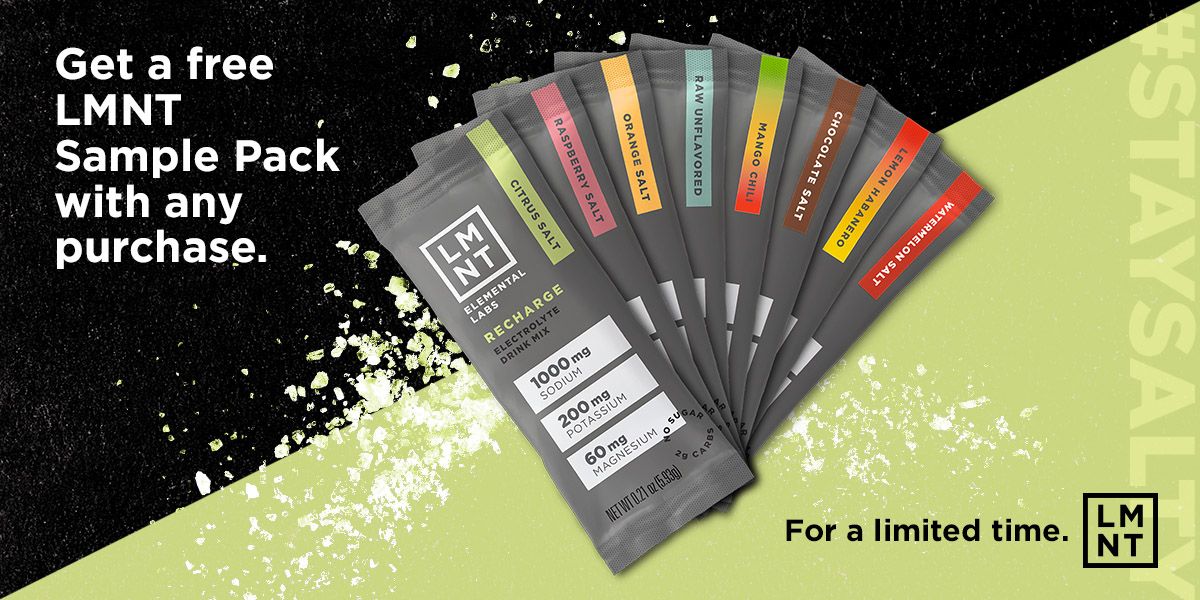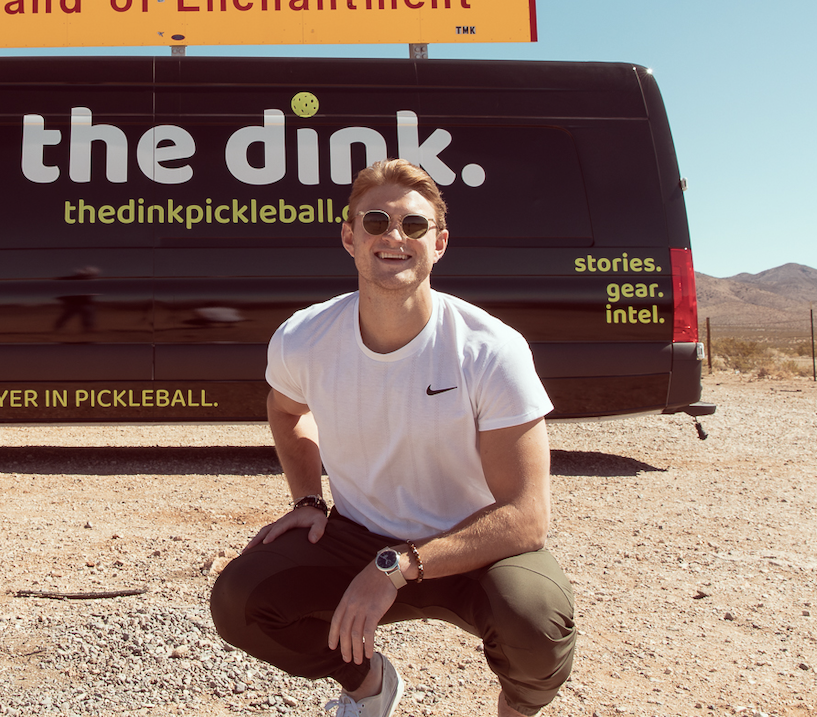
Unsurprising: I watch a lot of pickleball. It's kind of my job.
It is also quite possible that I consume more pickleball content than anyone else on Earth. If only this were a senior superlative in 2011...
A trend I've observed at the pro level: the frequency of speed-ups is increasing. Points are shorter. Pros are more readily seizing the opportunity to hit winners.
And yet, this goes largely unacknowledged and/or unnoticed by instructors and amateurs alike. The emphasis: Fundamentals. Patience. Dink! All good things to emphasize, until it gets in the way of winning the point.
"You miss 100% of the shots you don't take" - Wayne Gretzky, Michael Scott and my 8th grade yearbook quote. Some stats:
Matchup: Jay Devilliers & Jesse Irvine vs Ben Johns and AL Waters, 2022 PPA Desert Ridge Open
- Total Speedups: 44 (not including points where the rally was reset after a speedup)
- Of the 44, the team who initiated the speedup won the point 34 times
This translates to a 77% speedup success rate
Anecdotal? Sure. Surprising? Nope. Team Waters vs Lea Jansen and Irina Tereschenko, 2021 National Championships at Indian Wells: 61% speed up success rate.
Conservative, patient pickleball is giving way to a faster, more aggressive and assertive style of play.
And since we're talking stats, here are some numbers: 1000 mg sodium, 200 mg potassium, 60 mg magnesium.
That's LMNT's science-backed electrolyte ratio. I said I watch a lot of pickleball, well I also play a lot...and for over two years, I've been using LMNT. When you sweat, the primary electrolyte lost is sodium.
You can lose up to 7 grams per day. When sodium isn’t replaced, it’s common to experience muscle cramps and fatigue, aka game-killers.

I have at least one-a-day (I'm a raspberry guy), even when I don't play, so it's pretty easy for me to recommend LMNT to The Dink Fam.
It's nice to endorse products that I actually use...
Need more evidence? Cool.
From a previous article:
An analysis of 9 matches: The three doubles finals (men's, women's and mixed) from the PPA event in Ohio on September 11, 2022, the three doubles finals from the PPA event in Georgia on September 18, 2022, and the three doubles finals from the US Open in 2019.
Those nine matches included 30 games, 1,184 rallies, and more than 13,000 shots.
My first question was about rallies: How long were the rallies? In general, shorter rallies would indicate more assertive play, while longer rallies would indicate a more conservative style of play.
Averages:
2019 US Open: the three doubles finals averaged 13.6 shots per rally.
2022 Ohio: the three doubles finals averaged 10.65 shots per rally.
2022 Georgia: the three doubles finals averaged 10.8 shots per rally.
Short rallies:
2019 US Open: 42 percent of the rallies were nine shots or fewer.
2022 Ohio: 57 percent of the rallies were nine shots or fewer.
2022 Georgia: 57 percent of the rallies were nine shots or fewer.
Long rallies:
2019 US Open: 7.7 percent were 30 shots or more.
2022 Ohio: 2.9 percent were 30 shots or more.
2022 Georgia: 3.8 percent were 30 shots or more.
Extreme Rallies (50 shots or more)
2019 US Open: 7 in 8 games
2022 Ohio: 0
2022 Georgia: 2 in 12 games
What's my point? It's simple: sound fundamentals build the necessary foundation for great pickleball.
But when you're face to face with your opponent on match day, don't get gun-shy. Go for it.
Thanks to Jim Ramsey and the Pro Pickleball Stats Facebook group for the numbers!
Want more content like this? Our 3x weekly (and totally free, might we add) e-newsletter delivers tips & tricks to up your game:


